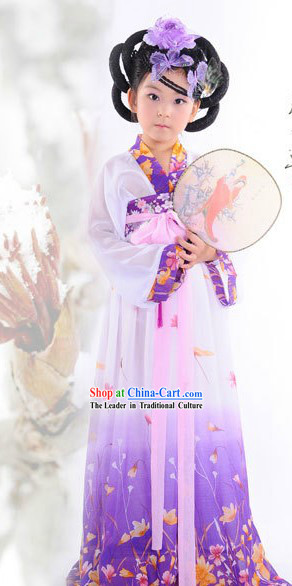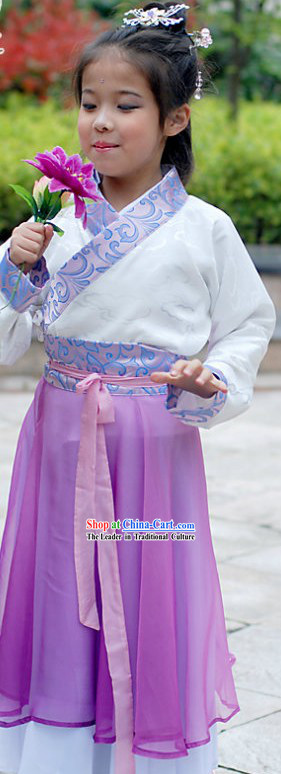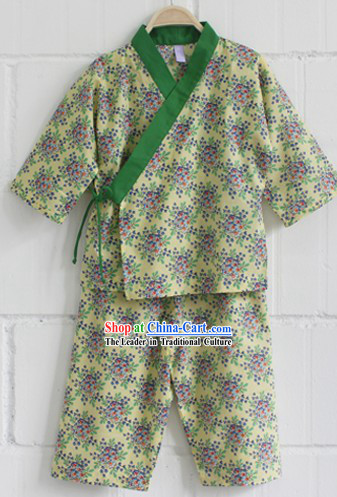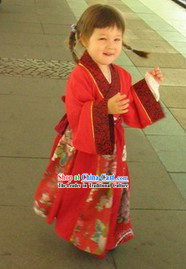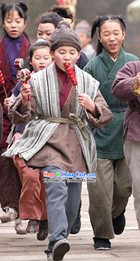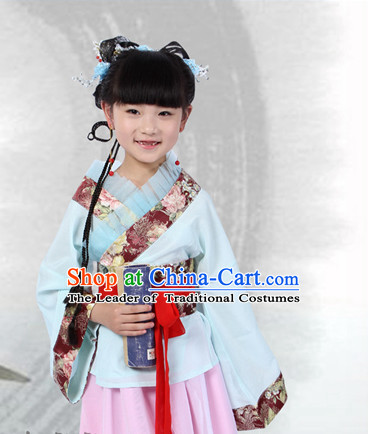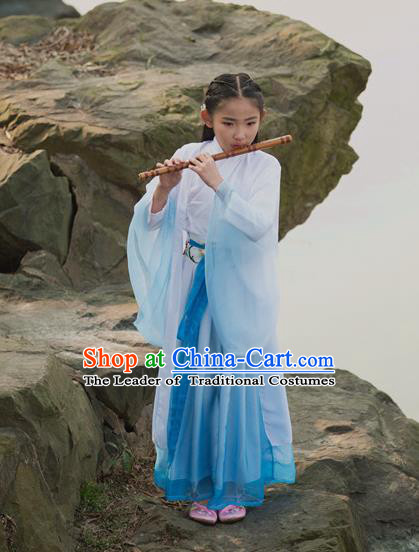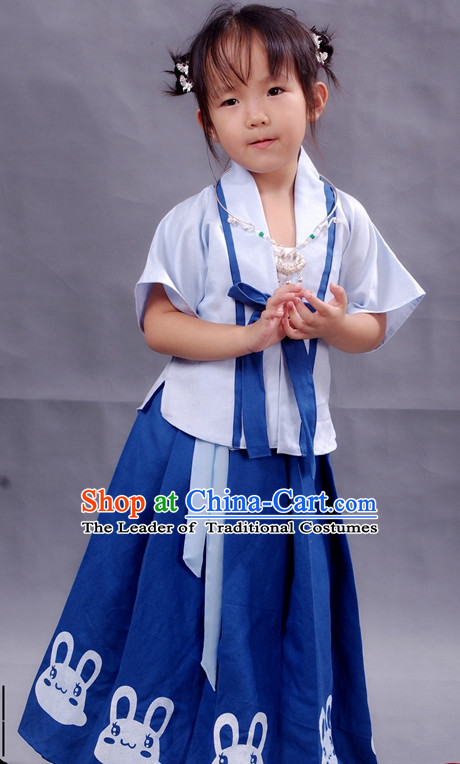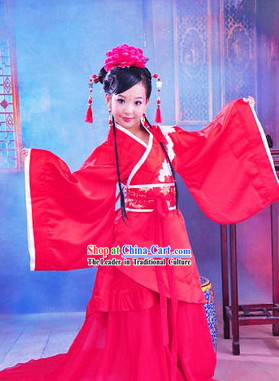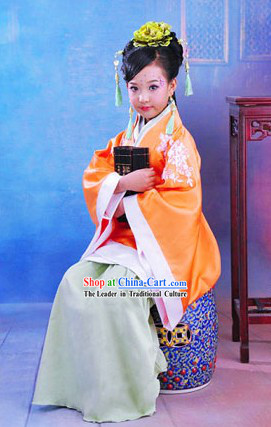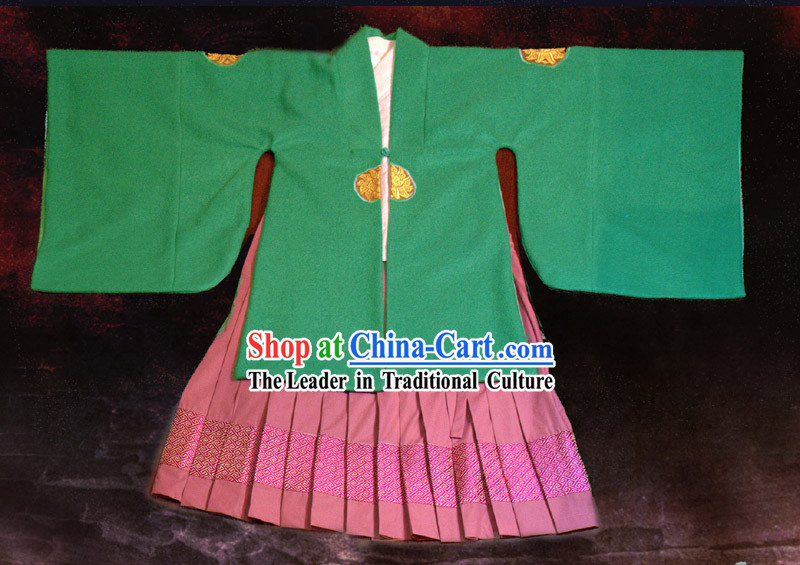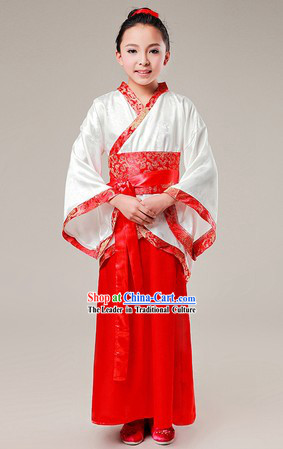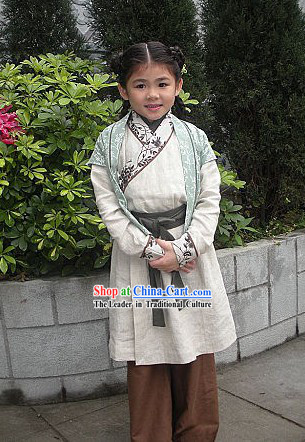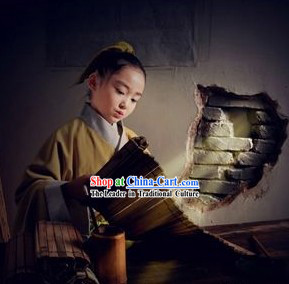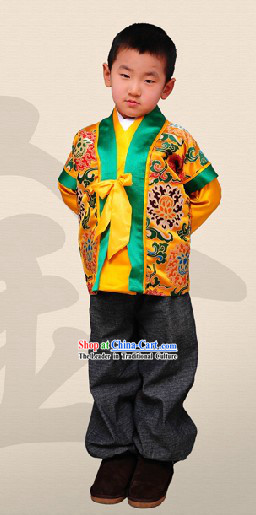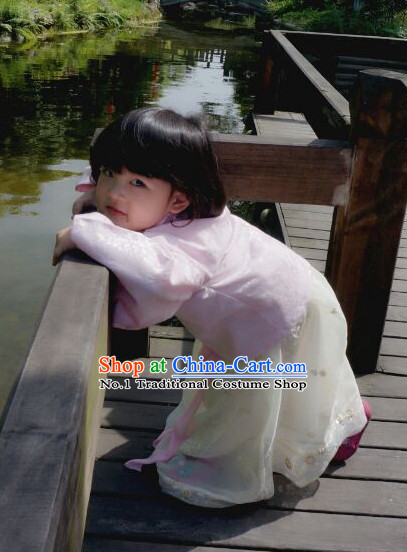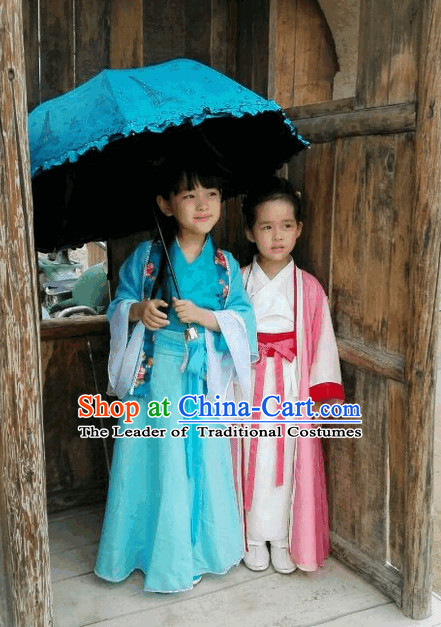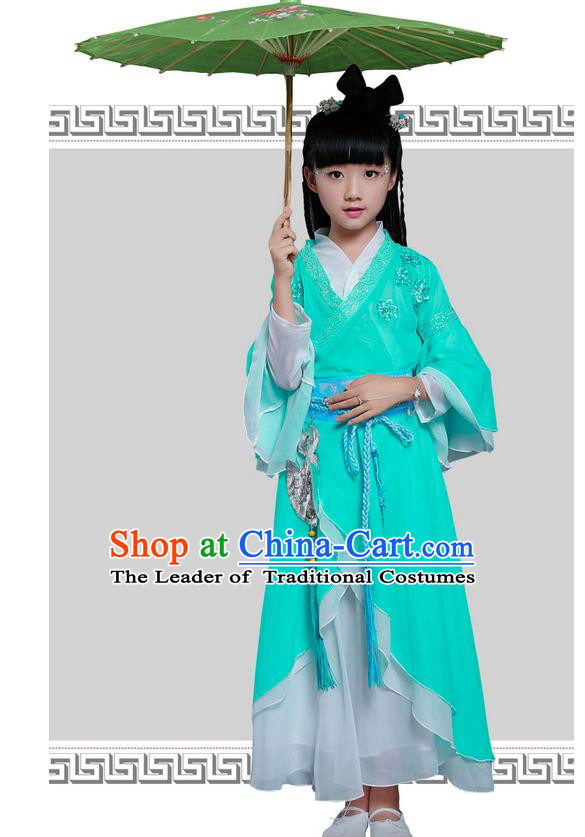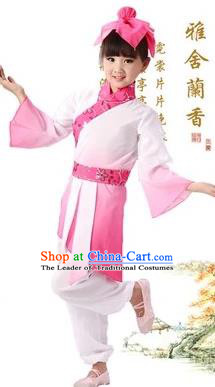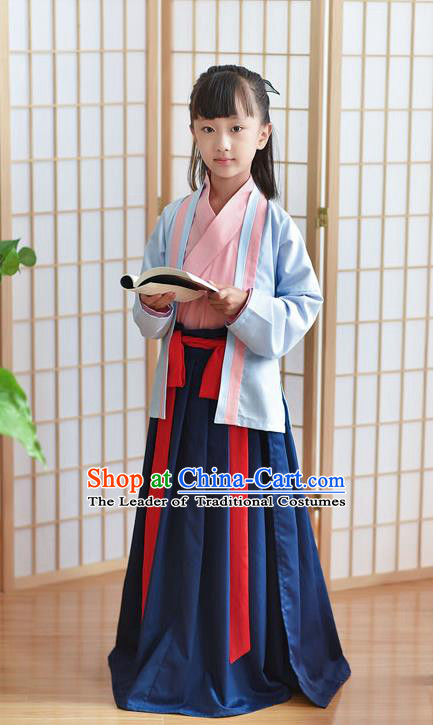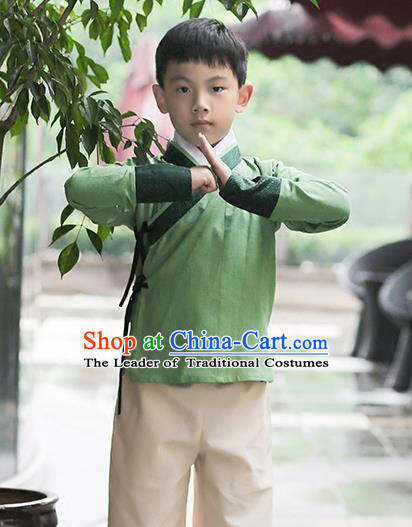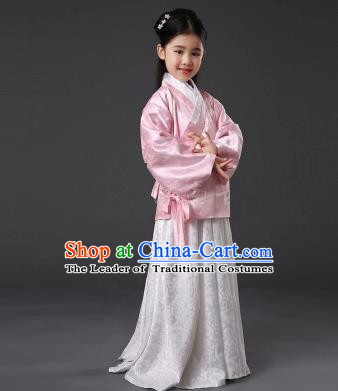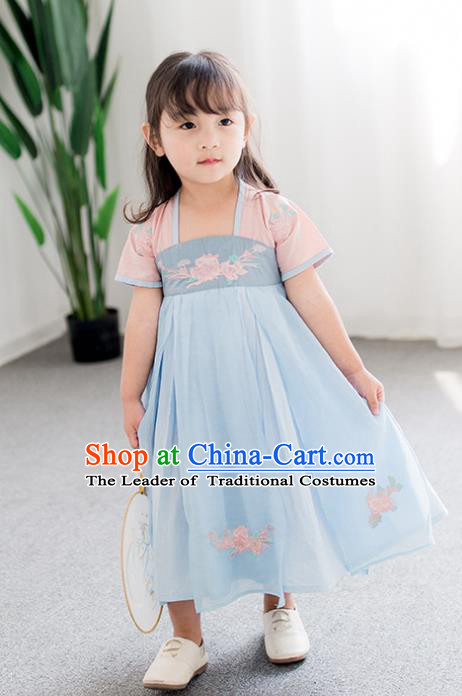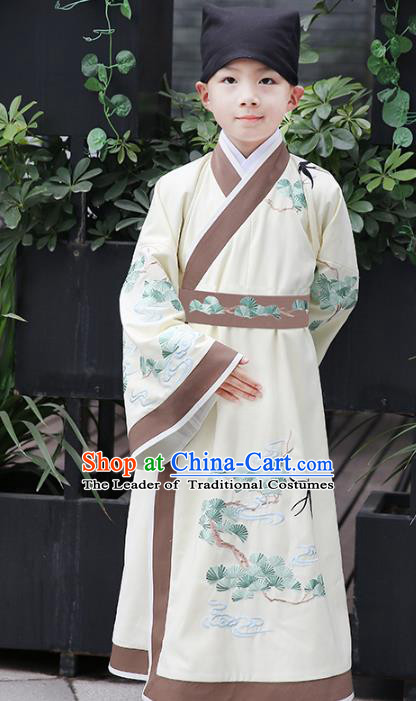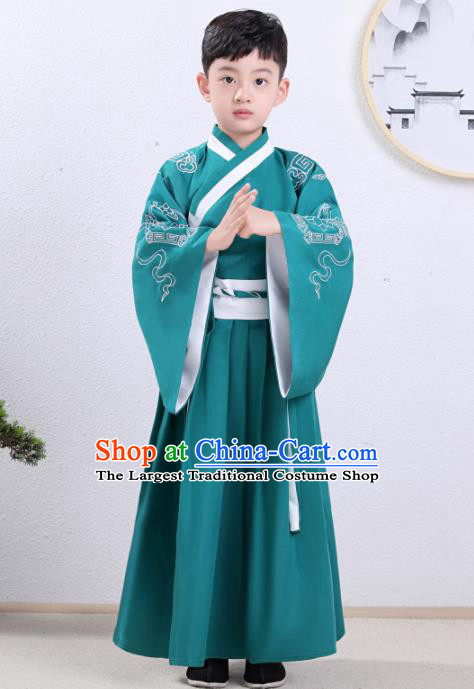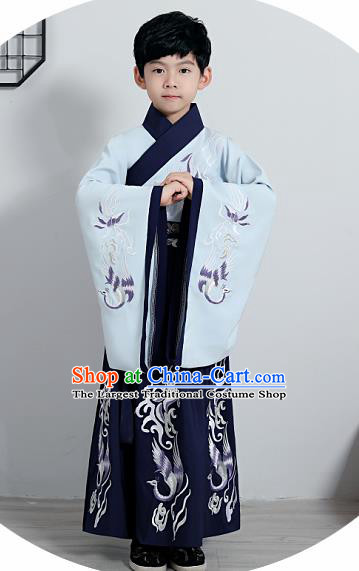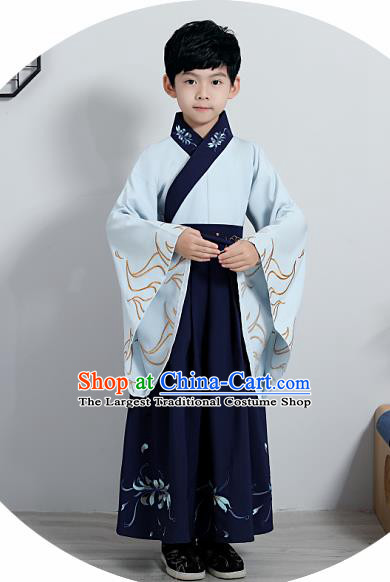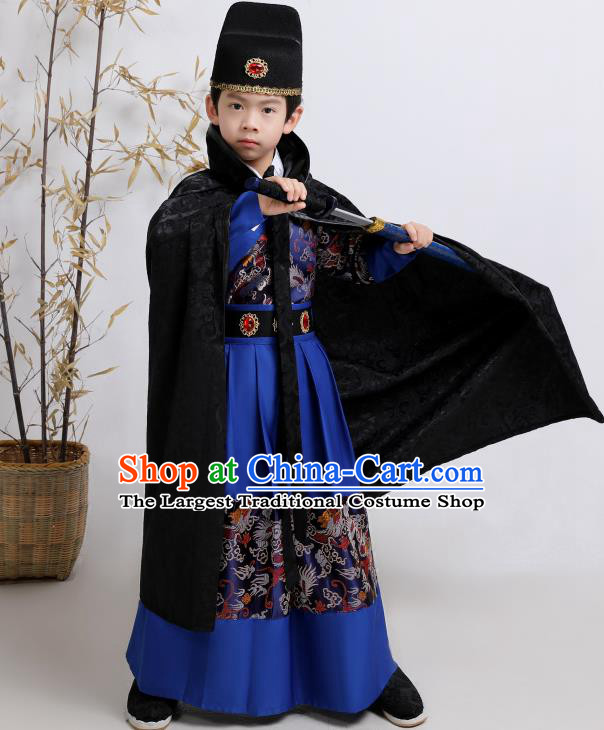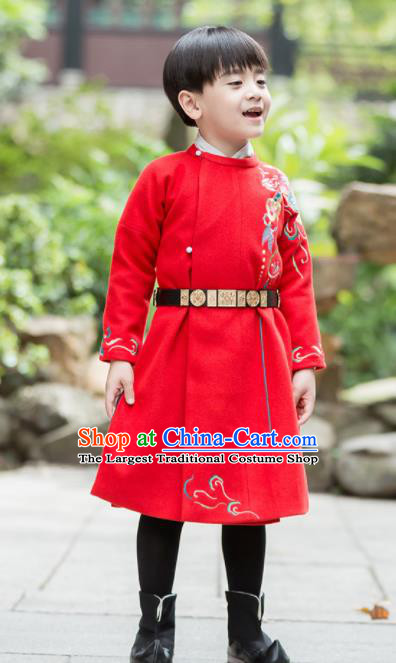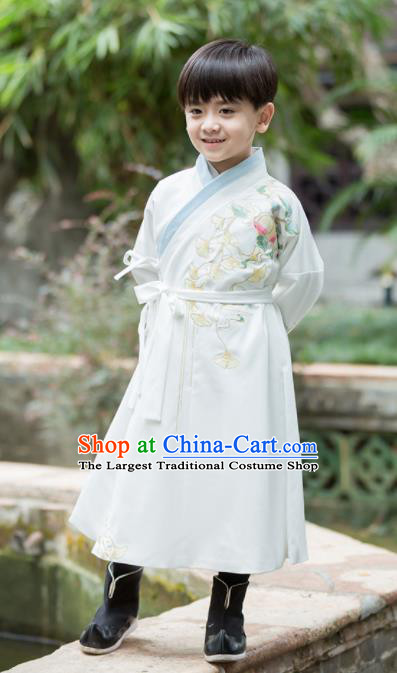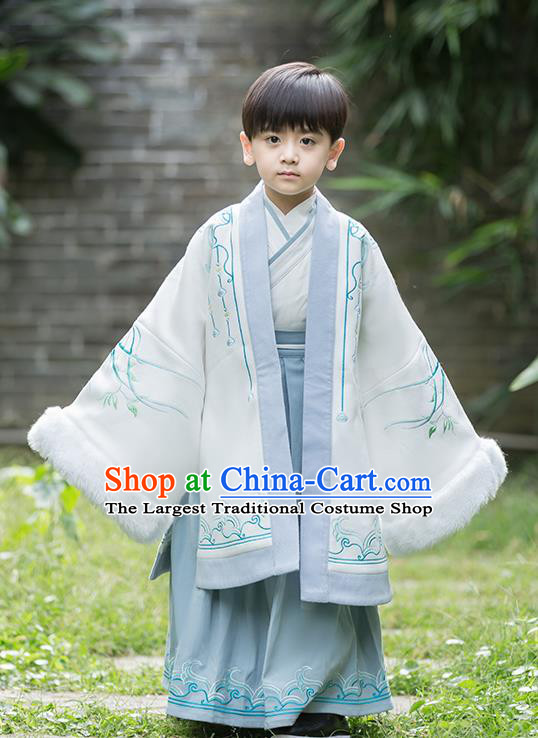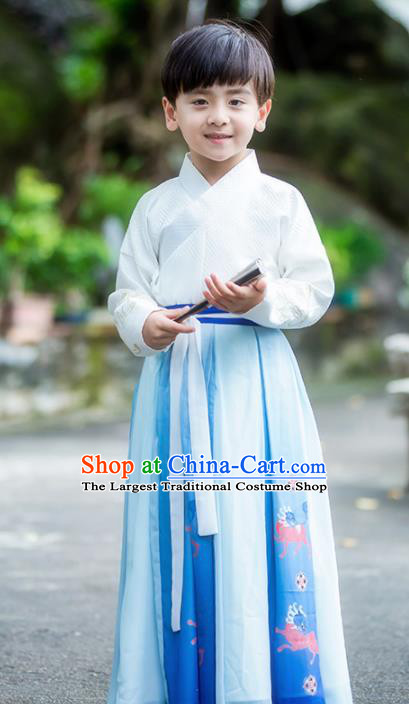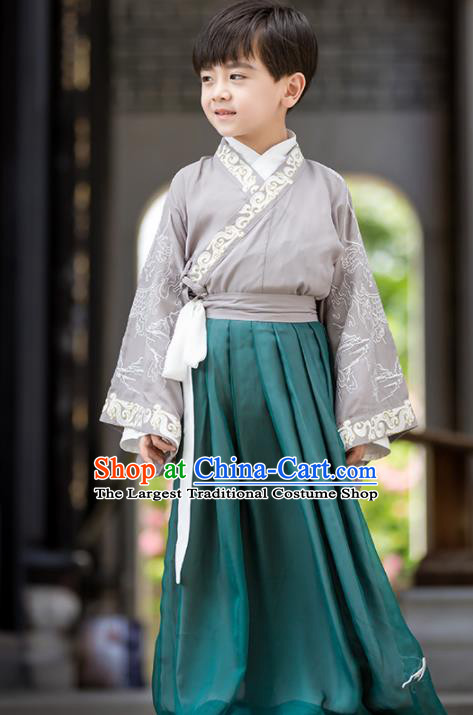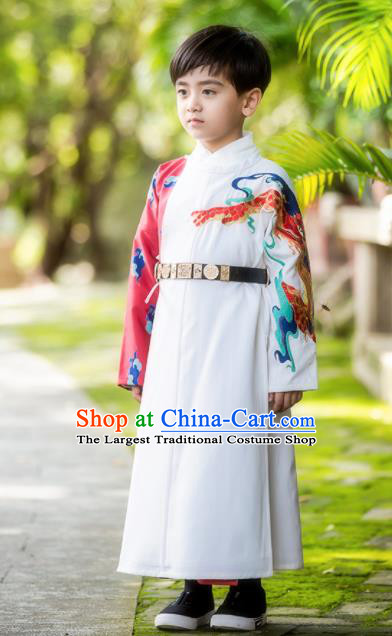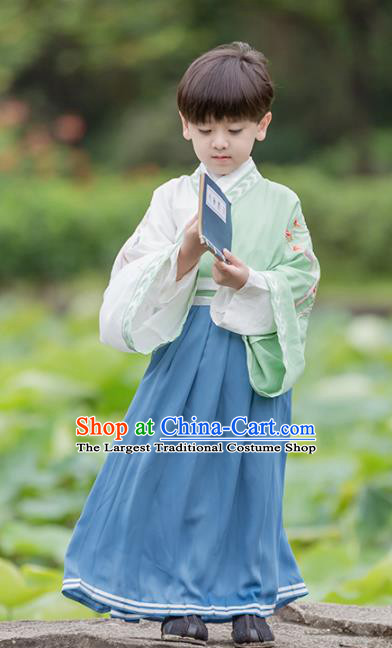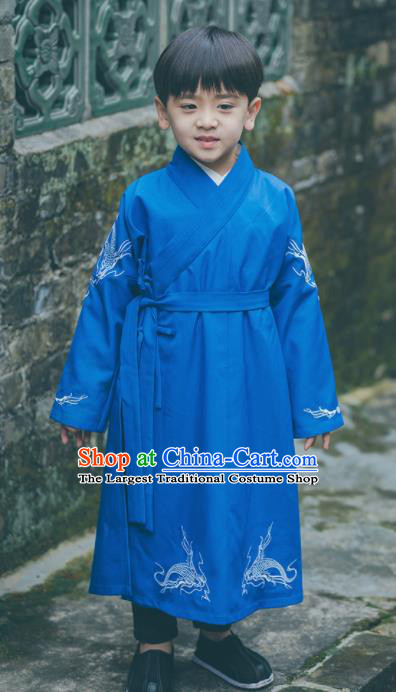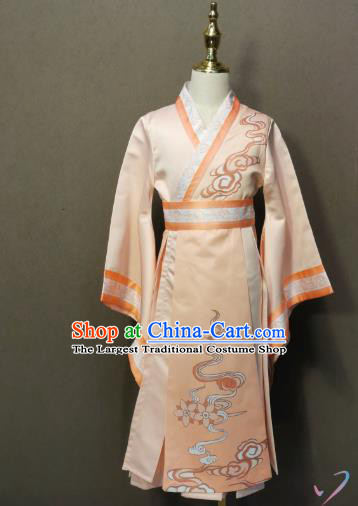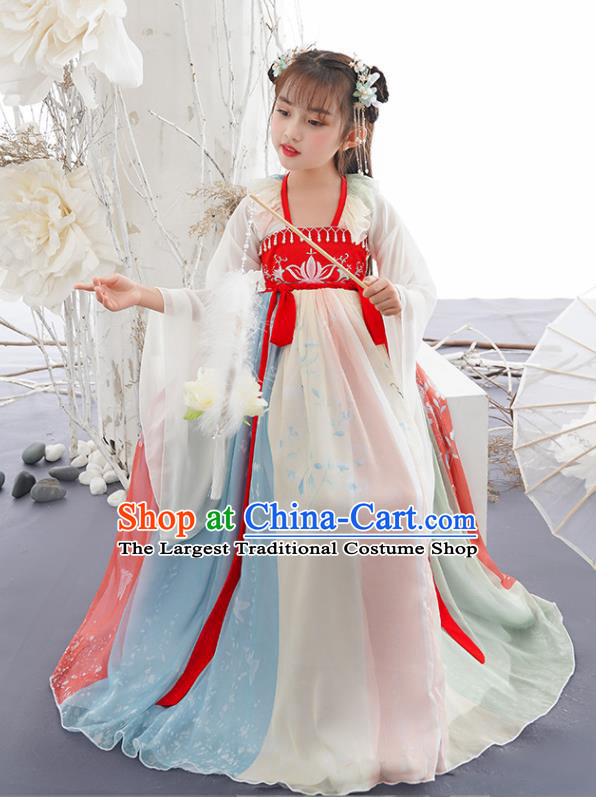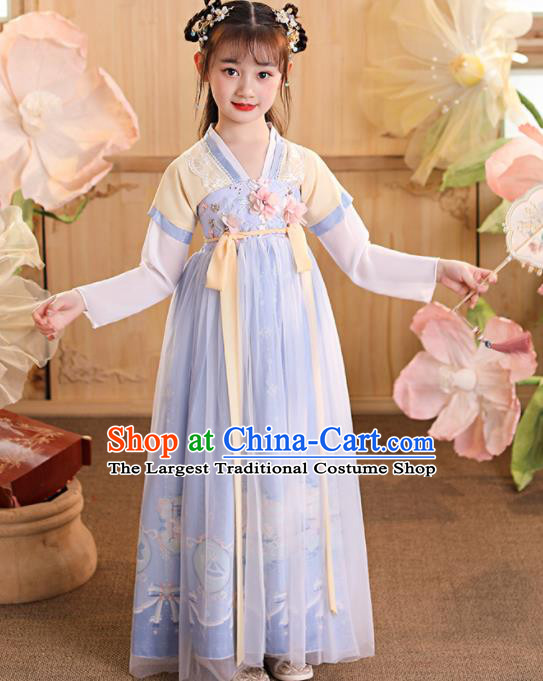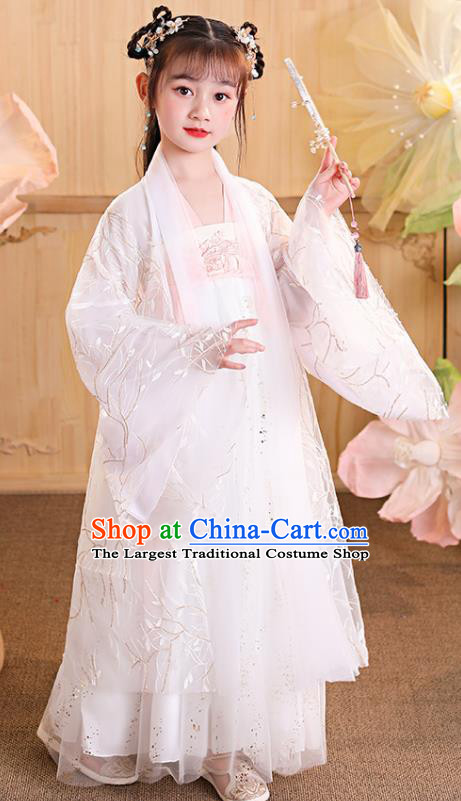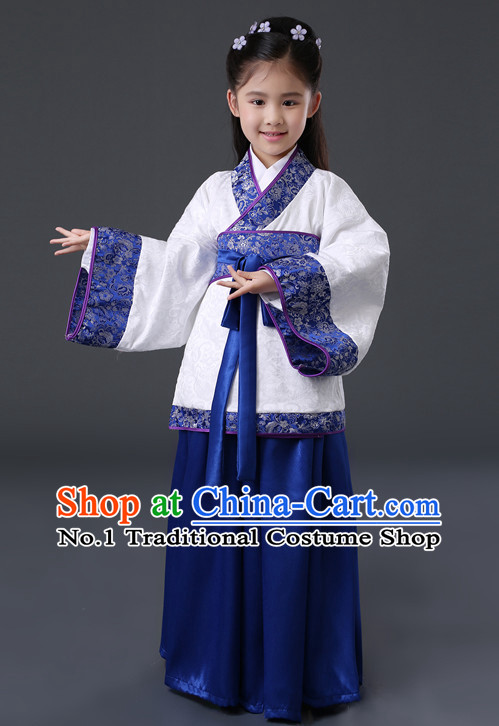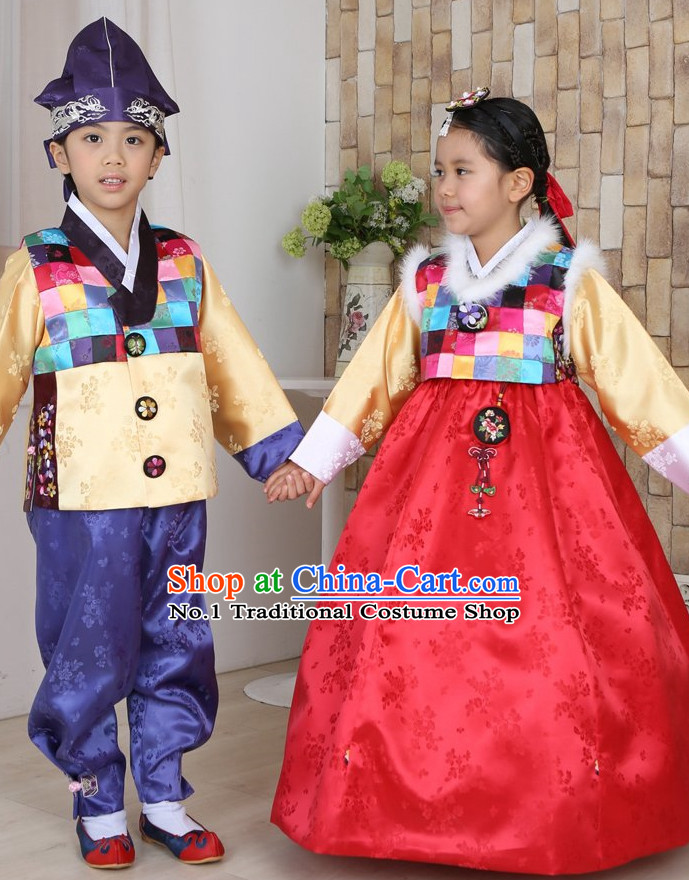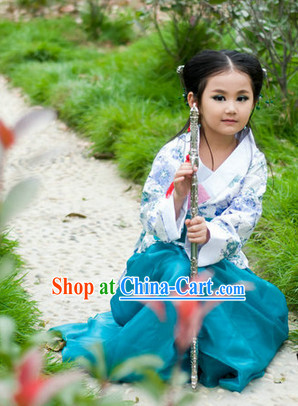
Click Related Pictures for More Audios:
Hanfu, the traditional clothing of ancient China, is an integral part of Chinese culture and represents the country's ancient dress culture and aesthetic values.
Renowned for its unique design and exquisite craftsmanship, Hanfu is one of the important cultural legacies of China.
In ancient times, it was an essential garment in people's daily lives, serving not only practical purposes but also rich spiritual connotations and historical significance.
The design and production of Hanfu require exquisite skills and meticulous handiwork, making each piece a work of art.
Wearing Hanfu is like traveling through time and space, returning to the prosperous era of ancient China.
The colors and patterns of Hanfu have profound cultural meanings, representing different implications and symbols.
For instance, red symbolizes joy and auspiciousness, yellow represents royalty and nobility, while green signifies vitality and hope.
Hanfu comes in various styles, including long robes, tunic skirts, and mandarin jackets, each with its unique style and characteristics, showcasing the diversity and richness of ancient Chinese dress culture.
Wearing Hanfu not only allows us to feel the ancient atmosphere and charm but also experience the allure and value of traditional culture.
As an essential component of Chinese traditional culture, Hanfu has both historical and modern significance.
It can stimulate people's interest and love for traditional culture, promote cultural exchange and inheritance.
At the same time, Hanfu can also become a part of fashion, displaying personal taste and style.
In conclusion, Hanfu is not just a piece of clothing but a representation of Chinese culture and history.
Its beauty lies in its intricate designs, rich cultural connotations, and the stories it tells about ancient China.
Wearing Hanfu is a way to connect with the past, appreciate traditional culture, and embrace the beauty of history.

